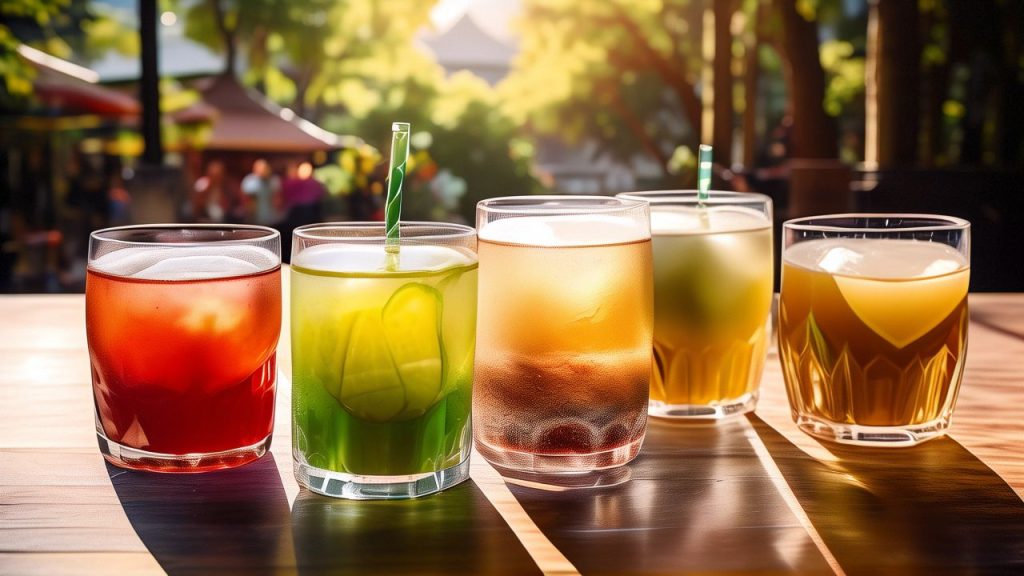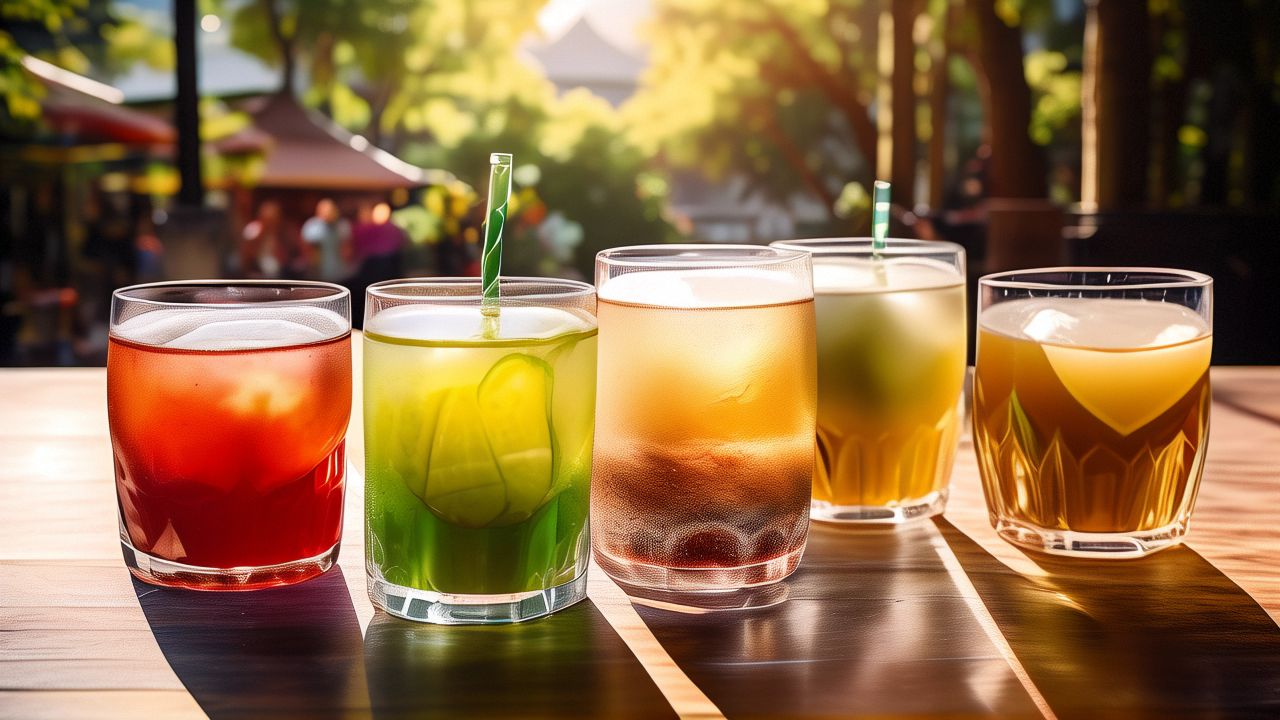Is there a risk of cancer from food coloring?
Risk of cancer from food coloring:
To enhance the competitiveness of their products in the market, food processing plants often add food coloring that people find appealing, such as red, orange-red, and yellow. For example, a dye known as “Butter Yellow,” which is used to give butter or margarine a yellow hue, is actually a yellow azo dye called dimethylaminoazobenzene.
Initially, it was used in the food industry without prior animal testing. It was later discovered that “Butter Yellow” and its derivatives are potent carcinogens capable of causing liver cancer and bladder cancer. Its use was discontinued only after it was identified as a carcinogenic substance, by which time, unfortunately, an unknown number of people had already been adversely affected, and many may have lost their lives.

In addition to dimethylaminoazobenzene, other azo dyes like o-aminoazotoluene, Orange II, and Red MX are also known to have strong carcinogenic effects. Furthermore, Sunset Yellow, Oil Orange SS, Orange I, Scarlet, Pigment Yellow OB, Sudan I, and Sudan II have been found to have varying degrees of carcinogenicity, leading to their ban in many countries.
Japan once used a food coloring called Auramine to process dried radishes and various pickled vegetables but stopped after discovering it could cause liver cancer and lymphoma in mice. Peacock Green, used in processing kelp and seaweed; Chrysoidine, used in biscuit production; and Amaranth Red, which had been used for decades in the food industry, are also carcinogenic. To date, more than 50 food coloring have been used in the food industry. Due to the toxicity of food coloring, many countries have imposed strict regulations on the use of synthetic food dyes, yet it has not been possible to completely eliminate the use of carcinogenic dyes.
Caramel coloring(food coloring) may be the most widely used food dye in the world.
Unfortunately, its production process can sometimes generate a carcinogenic substance called “methylimidazole.” Methylimidazole was classified as a carcinogen in 2007, and according to California’s Proposition 65 food labeling law, the daily intake of methylimidazole should not exceed 29 micrograms.
So, does drinking soda with caramel coloring pose a cancer risk? Researchers in California, New York (including Connecticut and New Jersey), obtained 110 soda samples from supermarkets for testing and found that Sprite contained no carcinogens, which was expected since it is not caramel-colored.
Among caramel-colored beverages, the highest level of carcinogens was found in Goya brand drinks, with Coca-Cola containing the least, about 20 times less than Pepsi. Interestingly, Pepsi produced in California had significantly less methylimidazole than Pepsi produced in New York, indicating that food labeling laws like Proposition 65 can effectively encourage manufacturers to reduce harmful substances in food.
Therefore, enacting federal regulations to reduce cancer risks is a beneficial practice to protect consumers nationwide. But how significant is the cancer risk, really? Researchers at Johns Hopkins University calculated the cancer burden, estimating the probability of developing cancer from drinking beverages. According to the average consumption of cola by Americans and assuming the cola contains an average level of carcinogens, Pepsi could potentially cause thousands of cancer cases, especially if it’s not produced in California, where its carcinogenic rate is 20 times higher than Coca-Cola’s.
However, these beverages could actually be free of any carcinogens, “since adding caramel coloring is merely for aesthetic purposes and could be omitted from food and beverages.” But we don’t have to wait for government regulation or rely on manufacturers to take social responsibility; we can take responsibility for ourselves and stop drinking any carbonated beverages.
Avoiding carbonated drinks can reduce the risk of obesity, diabetes, fatty liver disease, hip fractures, rheumatoid arthritis, chronic kidney disease, and possibly gout. Children who drink carbonated beverages daily are five times more likely to develop asthma. Girls face an increased risk of early puberty, with those who get their first period before age 11 having up to a 47% higher chance. If we examine the back of a person’s eyeball, we can measure the diameter of the retinal arteries; the smaller the diameter, the greater the risk of hypertension, diabetes, and heart disease.

